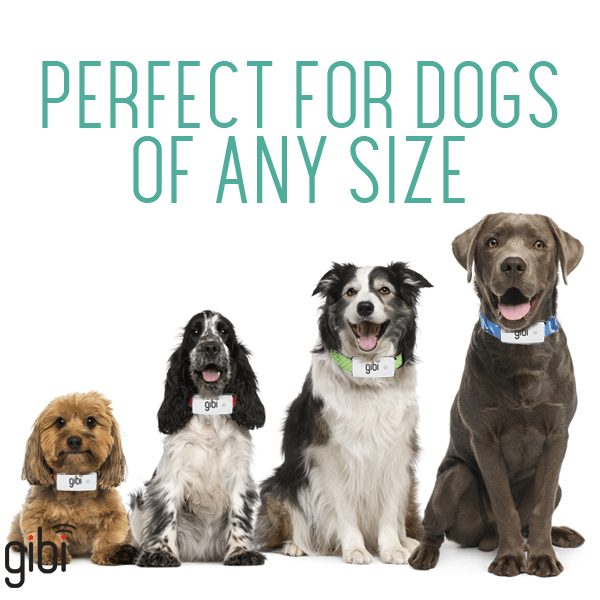Claudia Bacco, Managing Director – EMEA for RCR Wireless News, has spent her entire career in telecom, IT and security. Having experience as an operator, software and hardware vendor and as a well-known industry analyst, she has many opinions on the market. She’ll be sharing those opinions along with ongoing trend analysis for RCR Wireless News.
Sometimes you have to write about a topic that’s important to you and today’s article is just that. It’s about a technology from a company called Gibi to help keep your dog safe.
This year’s CES had an abundance of dog wearables on display. Twenty-five million dogs go missing each year, one-third of all dogs in their lifetime. Of those lost dogs many are euthanized because their owners cannot be found. As a dog lover/owner that is my worst nightmare – that my dog gets lost and I can’t find her. Gibi has come up with a solution that uses Google Maps, GPS and GSM technology to always keep track of your dog with an accuracy of 10-15 feet.
The technology also allows users to set geo-fencing restrictions through an Android or iPhone app. Say your dog is allowed outside in a fenced-in area but something happens and the dog gets out, you would receive an alert that your dog has crossed the property line. The product stays charged for 4-5 days with normal usage, alerting you when it’s time to recharge, which takes about 2 hours. The device also updates you on your dog’s location every 15 minutes.
 The product is currently available at Wal-Mart or through Amazon and comes with a monthly mobile contract. So basically your dog gets it’s very own IP address. The device retails for $129.99 and the service is $9.99/month or $99/year for the connectivity. Currently available in the U.S., Gibi hopes to take the device international in the future.
The product is currently available at Wal-Mart or through Amazon and comes with a monthly mobile contract. So basically your dog gets it’s very own IP address. The device retails for $129.99 and the service is $9.99/month or $99/year for the connectivity. Currently available in the U.S., Gibi hopes to take the device international in the future.
Why dog wearables?
In 2013 Americans spent $56 billion on their pets (80 million of these pets are dogs), and industry experts estimated spending will be closer to $60 billion once the 2014 figures are tabulated. According to Kennel Club statistics, twice as many women own dogs. This could be an indicator for the success of dog wearables going forward.
Putting pets on the IoT
As the “Internet of Things” expands to include pets, the space is getting very crowded very quickly. With pet location trackers, pet health monitors, pet fitness trackers and products like the Pet Cube it seems there are new products coming online in a constant flow.
Given the amount of competition in the space, I asked Synette Tom, founder and CEO of Gibi, why this product is different. It really comes down to design and performance: It attaches to collars and harnesses more securely than a tag or clip-on device; it has industrial design to survive rough dog play and is waterproof; and it allows owners to customize it with changeable decals (currently eight) to make a fashion statement coordinated with their dog’s collar. In the future, further customization will be allowed through uploads.
What I found most interesting is how Gibi got its first break. Wal-Mart found their website and contacted them at a time when they were still looking for initial funding. They weren’t really prepared to support such a large client and Wal-Mart didn’t do startup funding ventures. But the retailer did have a contest called ‘Get On The Shelf’ to help companies get placed in their stores. Wal-Mart suggested they try, but there was a catch, entries were due in 24 hours. They went for it and won the great gadgets category and their product is now available in Wal-Mart.
It goes to show that following your dreams can result in them coming true in ways you never imagined.
